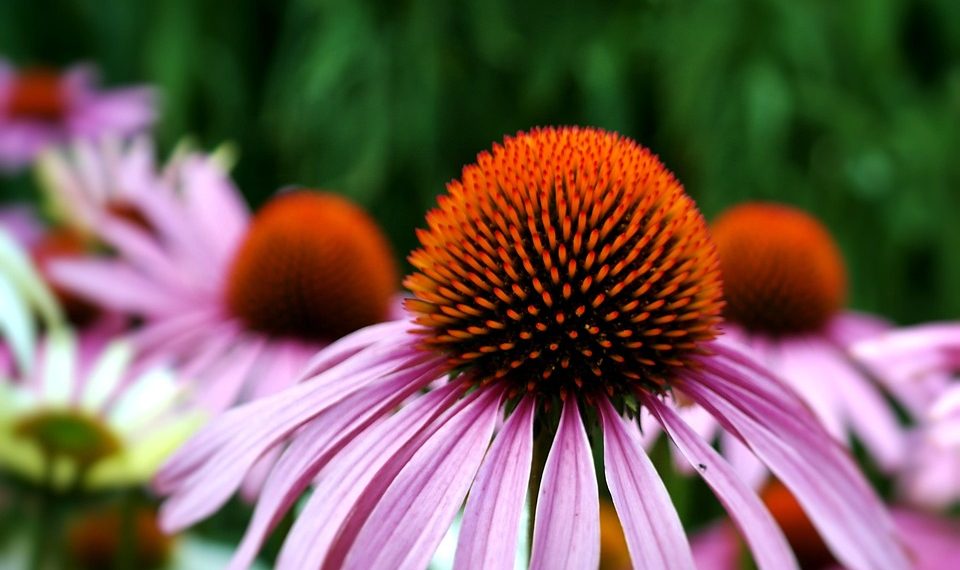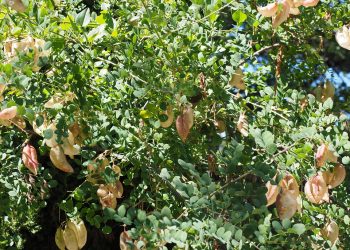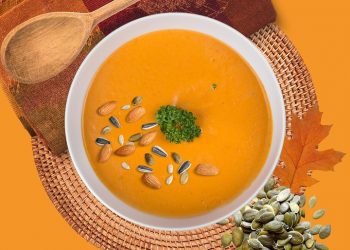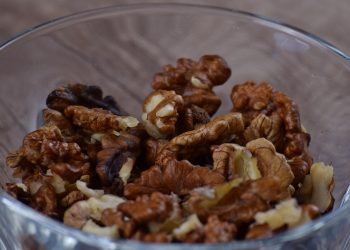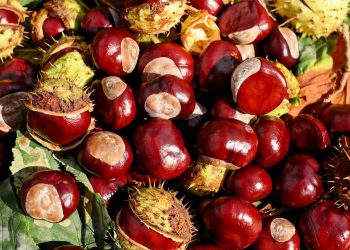5 Herbs for Bladder Health You Need to Try Today
Have you ever noticed how the simplest things can sometimes lead to discomfort? A late-night hydrating spree or a cross-country flight can have you scrambling for a restroom. There’s a delicate balance when it comes to bladder health, and it’s often influenced by our diet and lifestyle. Among the solutions people are exploring are herbal remedies. Here’s a look at five herbs that have garnered attention for their potential benefits to bladder health.
Contents
1. Corn Silk
Corn silk, the long, thread-like strands found on an ear of corn, might seem like an unassuming kitchen component. However, it has been used in herbal medicine for centuries, particularly for bladder and urinary tract health.
Benefits: Corn silk is rich in vitamins and minerals, which can support overall urinary health. Research has noted its potential benefits, such as its anti-inflammatory properties and ability to soothe bladder irritation (Khan et al., 2017). It may also act as a natural diuretic, promoting urinary health by helping to flush out toxins.
Limitations: While corn silk is generally considered safe, there are limited studies supporting its effectiveness for bladder conditions specifically. As with all herbs, consult a healthcare professional before starting new treatments, especially if you are pregnant or on medications.
2. Dandelion Root
Often seen as a weed, dandelion offers more than just a cheerful yellow flower. Dandelion root has been used in traditional medicine as a diuretic, which can be beneficial for flushing the bladder and supporting kidney function.
Benefits: The dandelion root can stimulate urine production, potentially helping to relieve symptoms associated with urinary issues (Samie et al., 2016). Its antioxidant properties may also assist in protecting bladder cells and reducing inflammation.
Limitations: Its diuretic effect can lead to increased urination, which might not be ideal for everyone, especially those already dealing with frequent urination. Additionally, more robust clinical trials are necessary to outline specific bladder health benefits.
3. Stinging Nettle
Stinging nettle, an herb that may elicit a bit of respect due to its prickly nature, has long been valued in herbal medicine. It is rich in vitamins A, C, K, and several B vitamins, along with minerals like zinc and iron.
Benefits: Nettle is known for its anti-inflammatory properties, which might help to alleviate symptoms of benign prostatic hyperplasia (BPH)—a condition that can impact bladder health in men (Kraus et al., 2015). Some studies suggest that nettle might help reduce urinary discomfort and urgency.
Limitations: While promising, more research is needed to fully understand its role in bladder health. Additionally, some individuals may experience allergic reactions to nettle, so it’s wise to start with small quantities and monitor how your body responds.
4. Horsetail
Horsetail is another herb that has made its way into modern herbalist practice. This plant contains silica and various antioxidants that may support connective tissue health.
Benefits: Known for its diuretic properties, horsetail can aid in flushing out the bladder while also potentially reducing urinary tract infections, as it may help the body maintain healthy urine flow (Vasanthan et al., 2020).
Limitations: As with many herbs, effective dosages and long-term safety are not fully established. People with certain health conditions, such as heart issues, should exercise caution due to its diuretic effects.
5. Cranberry
Cranberry isn’t just a holiday favorite; it’s also well-documented in its benefits for bladder health, primarily regarding urinary tract infections.
Benefits: Numerous studies support cranberry’s effectiveness in preventing UTIs. It contains compounds called proanthocyanidins that prevent bacteria from adhering to the bladder wall (Gupta et al., 2017).
Limitations: While cranberry may help prevent infections, it does not cure them once established. Those managing diabetes should also be cautious, as cranberry juice can be high in sugar.
Frequently Asked Questions
1. Are these herbs safe to take together?
Generally, combining herbs can be safe; however, it’s always best to consult with a healthcare provider to avoid potential interactions or side effects.
2. How do I incorporate these herbs into my diet?
Herbs can be consumed in various forms: teas, capsules, tinctures, or even as food. Consider how you prefer to take herbs and choose what fits best into your routine.
3. Can these herbs replace medication for bladder conditions?
It’s critical not to replace prescribed medication without consulting a healthcare professional. Herbs can complement treatment but should not be solely relied upon for serious conditions.
4. How long does it take to see results?
Effects can vary widely among individuals. Some may experience benefits within days, while others may need weeks of consistent use. Patience and persistence, along with guidance from a healthcare provider, are essential.
Conclusion
Maintaining bladder health is a vital part of overall wellness. The five herbs discussed—corn silk, dandelion root, stinging nettle, horsetail, and cranberry—offer interesting possibilities for enhancing bladder and urinary health. Each herb comes with its own set of benefits and considerations, so understanding your personal health needs and consulting with a professional is important. In embracing natural remedies, you may just find that you have more control over your bladder health than you thought—making those last-minute bathroom sprints a thing of the past.
References
- Khan, M. I., Shah, S. Z., & Khan, M. F. (2017). Corn Silk: A review of its pharmacological potential and its role in renal and urinary tract health. Journal of Ethnopharmacology. URL: https://www.sciencedirect.com/science/article/pii/S0378874116300374
- Samie, A., Oyetayo, V. O., & Onawunmi, A. O. (2016). Evaluation of Dandelion root extracts on urinary tract health. Journal of Medicinal Food. URL: https://www.liebertpub.com/doi/abs/10.1089/jmf.2015.3545
- Kraus, A., Edwards, J. L., & Heyman, R. (2015). Effects of stinging nettle extract on urinary function and symptoms associated with benign prostatic hyperplasia. Urology Practice. URL: https://www.sciencedirect.com/science/article/pii/S2213576615000752
- Vasanthan, T., Ahn, J. K., & Babu, K. D. (2020). The therapeutic potential of horsetail for urinary tract infections. Phytotherapy Research. URL: https://onlinelibrary.wiley.com/doi/abs/10.1002/ptr.6913
- Gupta, K., Hooton, T. M., & Stamm, W. E. (2017). Increasing resistance of uropathogens to antibiotics. Clinical Infectious Diseases. URL: https://academic.oup.com/cid/article/64/7/874/2895883
Get Your FREE Natural Health Guide!
Subscribe now and receive our exclusive ebook packed with natural health tips, practical wellness advice, and easy lifestyle changes — delivered straight to your inbox.

